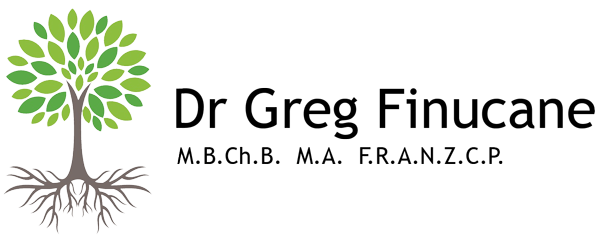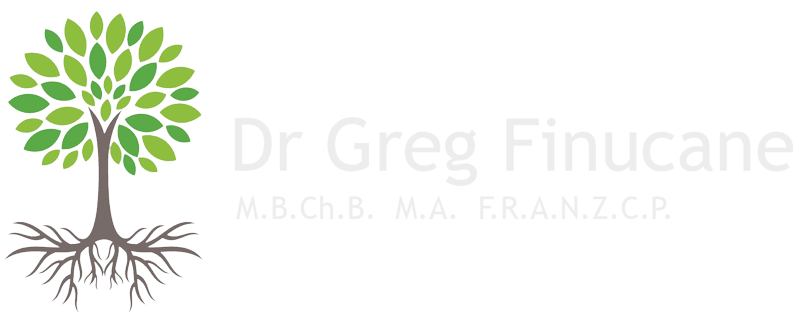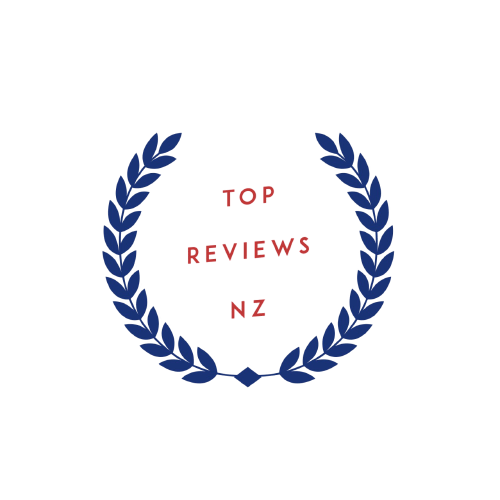Post Traumatic Headache
This can be a very disabling disorder, and is commonly complicated by depressive features (as indeed are primary headache disorders thus migraineurs have a prevalence of depression about 5 times the general population, increasing in rate with increasing headache attack days per month).
In the International Classification of Headache DIsorders, this is a secondary headache defined by onset within seven days of the injury or seven days of regaining consciousness. This definition is based on expert opinion rather than robust research. At three months it changes from "acute" to "persistent". Estimates indicate perhaps 40% of individuals who devleop acute PTH after mild TBI go on to develop persistent PTH. Post Traumatic Headache is a poor prognostic fator in that 35% of individuals with PTH have not returned to work by 3 months.
The two most common forms of PTH are migraine-like headaches and tension-like headaches (with about one third of PTH in each group). Relevant pathophysiological mechanisms include nociceptive input from the trigeminal nerve sensory system, activation of cervical afferents, impaired descending modulation, neurometabolic changes leading to axonal damage, cortical spreading depression, calcitonin gene related peptide (CGRP) mechanisms, and neuroinflammation involving activation of glial cells.
Co-occurring medication overuse headache needs to be assessed for, a study from the Danish Headache Centre indicating this was present in 44% of PTH. About 30% of individuals with PTH also have Post Traumatic Stress Disorder, and this has been shown to cause increased disability in US combat veterans.
Cervicogenic headache needs to be assessed for and managed, since headache often arises from myofascial and facet joint injuries.
Treatment is by conventional means, and tricyclics such as amitriptyline or nortriptyline are often trialed first as they also assist with insomnia which is common in the early stages of recovery from TBI. Nonpharmocological therapies such as CBT, relaxation training, acupuncture and physical therapy shoudl be tried and osteopathy can be very helpful.


